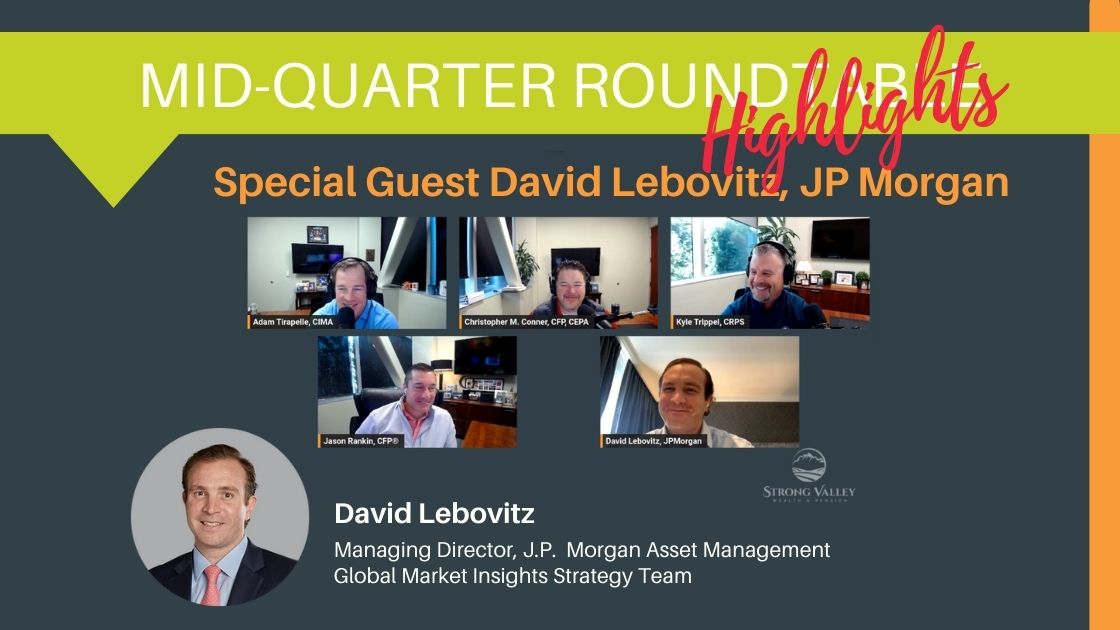You are now leaving the Strong Valley Wealth & Pension, LLC ("Strong Valley") website. By clicking on the "Schwab Alliance Access" link below you will be entering the Charles Schwab & Co., Inc. (“Schwab”) Website. Schwab is a registered broker-dealer, and is not affiliated with Strong Valley or any advisor(s) whose name(s) appears on this Website. Strong Valley is/are independently owned and operated. Schwab neither endorses nor recommends Strong Valley. Regardless of any referral or recommendation, Schwab does not endorse or recommend the investment strategy of any advisor. Schwab has agreements with Strong Valley under which Schwab provides Strong Valley with services related to your account. Schwab does not review the Strong Valley website(s), and makes no representation regarding the content of the Website(s). The information contained in the Strong Valley website should not be considered to be either a recommendation by Schwab or a solicitation of any offer to purchase or sell any securities.

Market swings often prompt investors to reassess their portfolios. Instead, regular review of your portfolio is helpful to remain aligned with your financial objectives. Maintaining a regular investment program and balancing your portfolio to account for a comfortable risk level are important to the overall success of your financial strategies.

As you evaluate the efficacy of your investments with an independent professional, it’s important to revisit two key principles—asset allocation and diversification. Any long-term investment plan will most likely have to weather market “ups” and “downs.” Softer markets often create opportunities for purchasing shares at lower prices, and through dollar cost averaging, you may be able to average a lower cost per share over time.
Maintaining a regular investment program and balancing your portfolio to account for a comfortable risk level are important to the overall success of your financial strategies.
The main objective of asset allocation is to match the investment characteristics of the various asset categories (equities, bonds, cash, etc.,) to the most important aspects of your personal investment profile—that is, your risk tolerance, your return and liquidity needs, and your time horizon. Asset categories generally react differently to economic fluctuations. Strong Valley financial advisors have the experience and specialized tools to help you analyze your individual risk tolerance.
If you have assembled an unplanned investment medley, you may be unaware of the extent to which your investments are (or are not) consistent with your objectives. Since various investment categories have unique characteristics, they rarely rise or fall at the same time. Consequently, combining different asset classes can help reduce risk and improve a portfolio’s overall return. While there is no set formula for asset allocation, guidelines can help you accomplish certain goals (for example, the need for growth in order to offset the erosion of purchasing power caused by inflation).
Diversification is an investment strategy used to manage risk for your overall portfolio, using techniques such as mixing your holdings to include a variety of stocks (small-cap, mid-cap, and large-cap), mutual funds, international investments, bonds (short- and long-term), and cash. By varying your investments, diversification attempts to minimize the effects a decline in a single holding may have on your entire portfolio.
To maintain a regular investment program, many investors make dollar cost averaging an integral part of their overall savings plan. Using this systematic investing technique, an investor buys more shares when prices are low, and fewer shares when prices are high. This may result in a lower average cost per share than if you were to purchase a constant number of shares at the same periodic intervals or make a single investment.
Dollar cost averaging cannot guarantee a profit or a lower cost per share, nor can it protect against a loss. However, it is a strategy that reinforces the discipline of regular investing and offers a systematic alternative to “market timing.” In order to take full advantage of dollar cost averaging, you need to consider your ability to continue purchases through periods of low price levels.
Periods of falling prices are a natural part of investing, as are strong market intervals. It is important to regularly review your portfolio with your financial advisor to help ensure your investing strategies remain aligned with your financial objectives.
You might also consider Strong Valley’s comprehensive wealth management services to craft a clear long-term vision and solution for managing every aspect of your financial life, freeing you to focus on living life to the fullest today and free from worry about tomorrow.
*Neither Asset Allocation nor Diversification guarantees a profit or protects against a loss.



